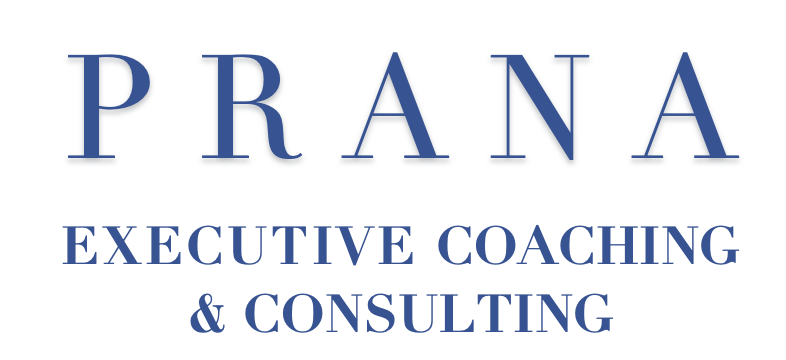How Warmth Became an Essential Leadership Skill
Many experienced leaders learned to lead at a time when warmth wasn’t part of the business lexicon. Authority was earned through expertise, decisiveness, and command—not emotional intelligence or approachability. As a result, they assume trust is built by demonstrating competence—being sharp, smart, and in control. And while competence matters, research shows it’s not what earns trust first.
Research consistently shows that trust is first built with warmth—and then with competence. As Harvard professor Amy Cuddy puts it, “When we judge others—especially our leaders—we look first at how lovable they are (warmth), and only then at how fearsome they are (competence).”
Executives who lead with warmth foster deeper loyalty, collaboration, and psychological safety. Yet many leaders—especially in high-performance cultures—default to a competence-first approach: showcasing expertise, decisiveness, and strategic vision, while neglecting empathy, humility, and approachability. The unintended result? A perception of distance, and a barrier to authentic influence.
Here are five evidence-backed ways executives can lead with more warmth:
1. Listen more: Put away distractions and give people your full attention. Research by Daniel Goleman shows that focused, empathetic listening strengthens connection and earns trust—faster than simply offering advice.
2. Ask open-ended questions: Go beyond “yes or no” and ask questions that invite thought and emotion. “What’s on your mind?” or “How can I support you?” build far more trust than status checks or rapid-fire tasks. Asking thoughtful questions creates a space where the other person feels seen—and signals that their perspective is valued. According to Edgar Schein, humble inquiry is one of the most powerful ways to build mutual trust and respect.
3. Demonstrate humility: Warmth is often felt when leaders acknowledge they don’t have all the answers—and invite others in. Expressing appreciation for others’ contributions or being open to feedback sends a powerful message: “I see you, and I respect what you bring.” Jim Collins’ research on “Level 5 leaders” shows that humility paired with resolve is a hallmark of enduring success.
4. Recognize and affirm others: A Gallup study found that employees who feel “recognized” are 4x more likely to be engaged. Simple, sincere praise amplifies trust exponentially.
5. Use warm body language: Eye contact, a genuine smile, and an open posture go a long way. Nonverbal signals account for up to 93% of first impressions, according to Mehrabian’s foundational research on communication. Your presence often speaks before you do.
When meeting someone for the first time, warmth is built in seconds: Start with presence. Put your phone away. Smile. Ask one non-transactional question: “How’s your week been?” is more meaningful than “What do you do?”. And most importantly—listen, without rushing to respond. These micro-moments create macro-trust.
In today’s environment, where adaptability and inclusion are critical, warmth isn’t a soft skill—it’s a strategic one.
Sources:
Cuddy, A. J. C., Kohut, M., & Neffinger, J. (2013). Connect, then lead. Harvard Business Review.
Goleman, D. (2013). Focus: The Hidden Driver of Excellence.
Schein, E. H. (2013). Humble Inquiry.
Collins, J. (2001). Good to Great.
Gallup (2016). State of the American Workplace.
Mehrabian, A. (1971). Silent Messages: Implicit Communication of Emotions and Attitudes.
